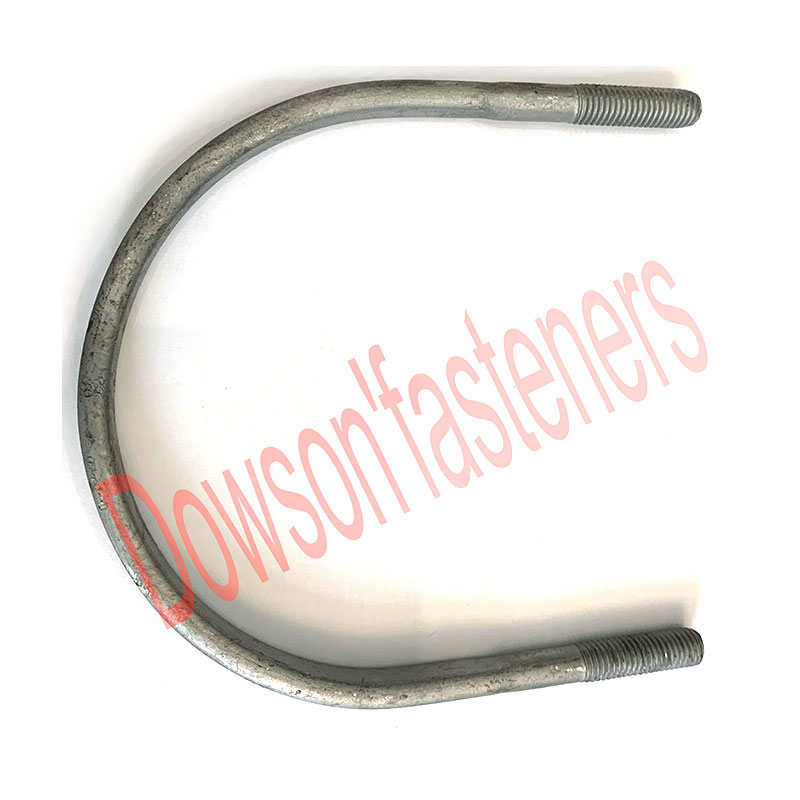Hex Bolts Unveiled: The Building Blocks of Stability and Strength
2023-12-21
Introduction:
In the construction and assembly of structures, machinery, and myriad components, the unsung heroes often come in the form of hex bolts. These essential fasteners, with their distinctive hexagonal heads, play a pivotal role in providing stability and strength to a diverse range of applications. In this blog post, we'll delve into the world of hex bolts, exploring their characteristics, functionalities, and the diverse array of industries and scenarios where they find common use.
Understanding Hex Bolts:
1. Hexagonal Head Design:
Hex bolts, also known as hex cap screws, derive their name from the hexagonal shape of their heads. This design allows for easy engagement with wrenches or sockets, providing a secure grip during installation or removal.
2. Threaded Shaft:
The body of a hex bolt features a threaded shaft, which allows for a secure and tight connection when threaded into a corresponding nut. This threading ensures that hex bolts can effectively hold components together.
3. Materials and Finishes:
Hex bolts are manufactured from various materials, including stainless steel, carbon steel, and alloy steel, each chosen for its specific properties. Additionally, hex bolts may undergo different finishes, such as zinc plating or galvanization, to enhance corrosion resistance.
Common Uses of Hex Bolts:
1. Construction Industry:
Hex bolts are integral to the construction industry, where they are used in the assembly of structural components. From steel frameworks to wooden structures, hex bolts provide the necessary strength and stability.
2. Manufacturing and Machinery:
In manufacturing and machinery applications, hex bolts secure components and parts together. Whether in the assembly of heavy machinery or the construction of conveyor systems, hex bolts play a crucial role in maintaining structural integrity.
3. Automotive Sector:
Hex bolts find widespread use in the automotive sector, holding together various components in vehicles. They secure engine components, chassis parts, and other crucial elements, contributing to the overall safety and reliability of automobiles.
4. Infrastructure Projects:
Infrastructure projects, including bridges and railways, rely on hex bolts to ensure the durability and stability of the structures. Hex bolts are used in the assembly of beams, columns, and other load-bearing elements.
5. Oil and Gas Industry:
In the oil and gas sector, where harsh environmental conditions and heavy machinery are prevalent, hex bolts are employed to secure pipelines, valves, and other critical infrastructure components.
6. Electrical and Electronics:
Hex bolts are used in the assembly of electrical panels, cabinets, and electronic enclosures. Their secure fastening ensures the protection of sensitive equipment housed within these structures.
7. Renewable Energy Projects:
In wind turbines, solar panel installations, and other renewable energy projects, hex bolts play a key role in securing components, ensuring the reliability and longevity of these systems.
8. Marine Applications:
Due to their corrosion-resistant finishes, hex bolts are commonly used in marine applications. They secure components on ships, offshore platforms, and other maritime structures exposed to saltwater environments.
Conclusion:
Hex bolts, with their simple yet effective design, serve as the bedrock of stability and strength across a multitude of industries. From construction sites to aerospace facilities, these unassuming fasteners play a pivotal role in ensuring that structures and machinery remain securely connected. As the backbone of countless projects, hex bolts exemplify the reliability and versatility that make them indispensable components in the dynamic landscape of modern engineering and construction.



